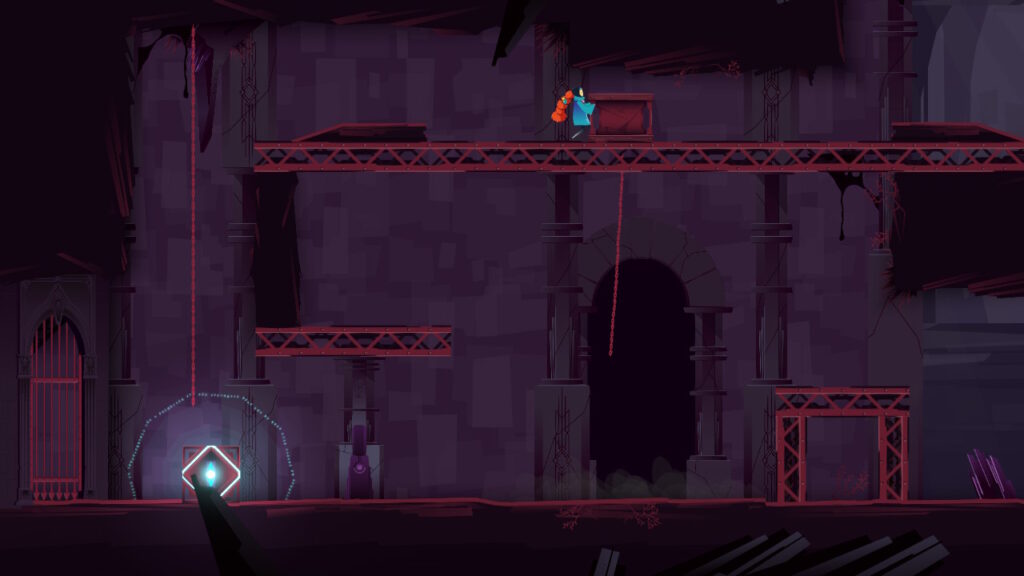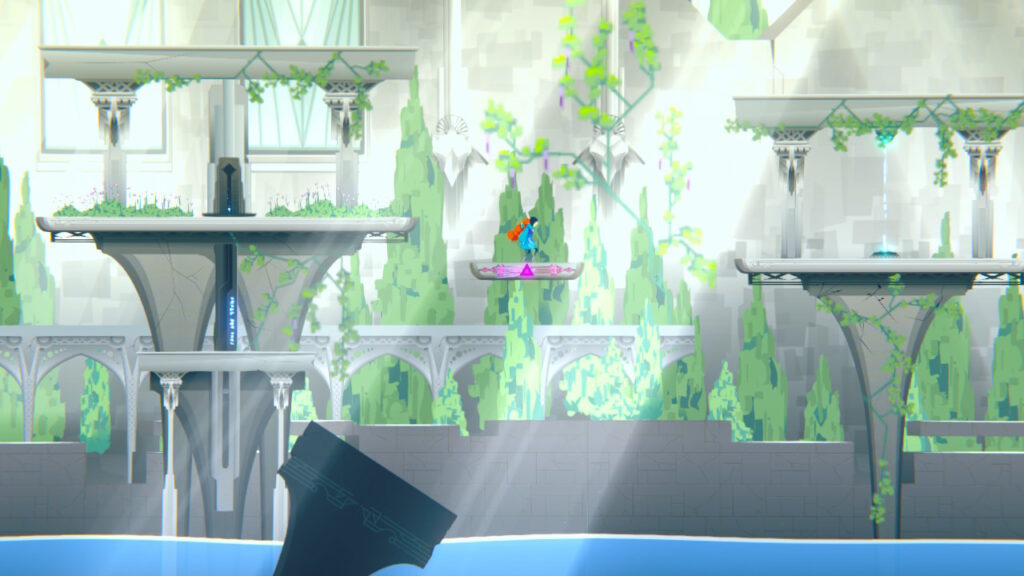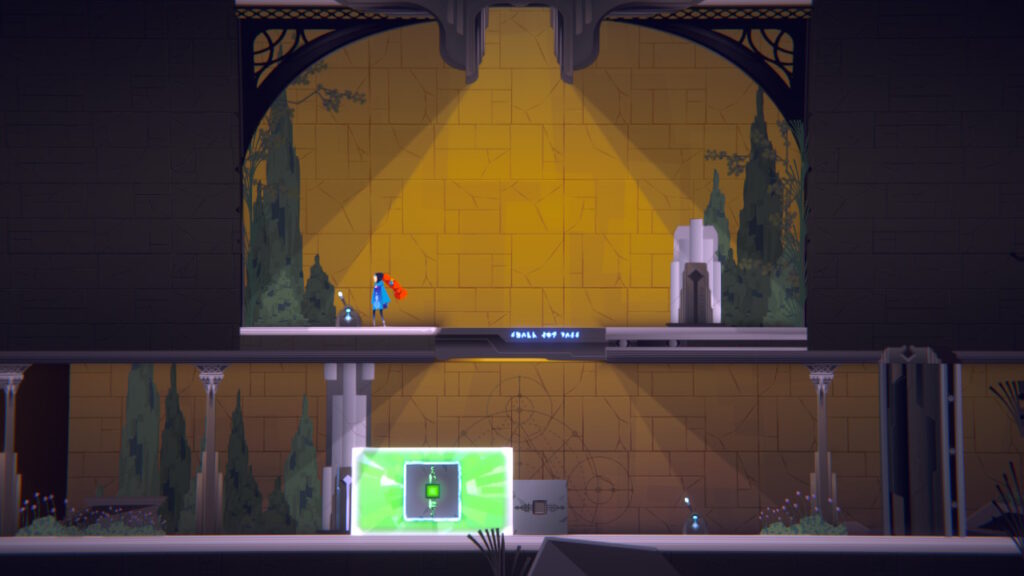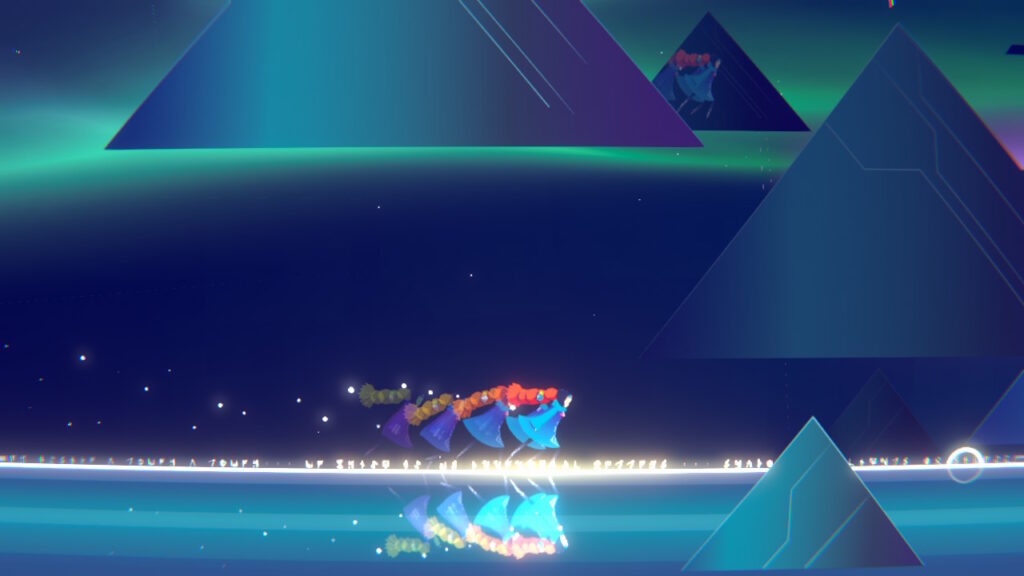Aspire: Ina’s Tale Review
Fast Facts
Aspire: Ina’s Tale
Developer: Wondernaut Studio
Publisher: Untold Tales
Website: https://aspireinastale.com/
Genre(s): Adventure, Puzzle, Platformer, Music
Platform: Nintendo Switch (also available on PC and Xbox)
Age Rating: PEGI 7
Release Date: 17/12/2021
Price: £10.29
A code was provided for review purposes
Introduction
Aspire: Ina’s Tale is a cinematic action-platformer that focuses both on puzzles and establishing a beautiful world to explore. Do the puzzles and exploring make for a fulfilling experience? Find out more in this Rapid Review.
As soon as I launched Aspire: Ina’s Tale, I was immediately impressed by the sound design. It was soothing but it still flowed. Even though it was relaxing, it never felt stagnant. I was immediately drawn in by the music.
Moving Parts

The music supplemented the gameplay too. Throughout the game, I tried my best to escape the Tower. I navigated different puzzles, evaded various hazards that the Tower placed in my way, and I learned to harness the power of various elements. The puzzles were intuitive, and I was always able to understand how to solve them. Additionally, the puzzles required attention. Even once I figured out how to solve the puzzle, sometimes the implementation was challenging. This made the game more rewarding to me, as sometimes it is boring to complete puzzles that do not require technique. I would need to rapidly alter certain elements in the puzzles to complete them, which meant that I needed to remain focused throughout the puzzling process.
Moreover, they included interesting elements that kept me engaged. The game was separated into multiple sections. In each section, I was introduced to a new concept. I leveraged the power of light, enlarged interactable objects, and raised things into the air with unknown forces. To perform these actions, I needed to collect various orbs. Each puzzle focused on this scarcity and made use of the various interactable objects. Though the individual chapters focused on the various orbs in a vacuum, the Aspire: Ina’s Tale was focused on resource management, making each level fit in with the last. The level design kept me engaged while sticking to a distinct theme.
Standing Strong
Though these mysterious forces were a major element in Aspire: Ina’s Quest, my character had basic movements that were just as vital. I could move left and right, jump, and I could push and pull certain objects. These mechanics made the puzzle-solving more involved, and since the game mixed the standard movements with unique orbs, the game was easy to pick up with room for growth. My character did move slowly, as is the case with many puzzle platformers, and though I wanted to see the inclusion of a run button, I liked the tense moments that ensued because of the slow movement speed. Some timing-related puzzles were precise, and I needed to focus to make sure I got it done.

The levels were designed perfectly for the abilities I had too. Each jump was perfectly spaced so that unless I had solved the puzzle, I could not progress. Yet, I rarely found myself trying to manipulate the game. The puzzles were rewarding, especially since many took genuine planning and strategy. I enjoyed working out my various solutions in my head and was impressed that the solution was always just in front of my eyes.
I never got overly frustrated either because even though some solutions would force me to reset, checkpoints were abundant. Each puzzle was separated by a checkpoint. Though it may seem redundant to have so many checkpoints, I liked that I never had to revisit old puzzles.
Short but Sweet
Since the puzzles never required excessive backtracking or that many attempts, I was able to complete the game in just over two hours. At the price point, it is a little short though I was pleasantly surprised by how little filler there is throughout the game. Each of the three sections begins by introducing a new idea, and then the developers add multiple more complex applications throughout. The game segues from implementing a basic idea to combining the elements together with other assets seamlessly. It comes together wonderfully. Though there is little reason to revisit the title, there were a few collectables hidden in the world. I was not sure whether I collected all of them and honestly, they did not add as much to the game as I had hoped, but they were fun to look out for. Overall, it is a bit brief but well put together.

Aspire: Ina’s Tale was further developed by the story. I learned that the Tower is a sentient creation that functions only because Ina, my main character serves as the heart. Though initially, it was not clear why Ina needed to escape so desperately, I learned Ina’s motivations and saw some realistic tendencies in her behaviour. Still, I did not value the story much. I met some characters who led me on my path, but none of them stood out as relatable and they never made me reconsider the world that Ina lived in. It was a cute way to pull the world together, but I typically enjoy more expansive social commentary in a puzzle game and was let down by the abstract storytelling found in Aspire: Ina’s Tale.
Taking the Scenic Route
Moreover, one of the most defining features of the game was the emphasis on visuals. Though the story did not impress me, I was blown away by the detail in the background. Sometimes, the game would include a section that simply shows the detail in the art. I would get to witness a major set piece, a vast landscape, or other beauty found in the world. As someone who primarily focuses on progressing through a game, I was surprised by how much I enjoyed these breaks. Sometimes puzzle games get frustrating and these segments made me enjoy the game so much more. The break not only refreshed my mood but kept me immersed and made the game feel organic. The visual style was vibrant, crisp, and I was always able to find something interesting to catch my eye.

Unfortunately, the game did not perform perfectly. There were a few cases of minor slowdown. Nothing seriously impacted my experience, especially since the puzzles rarely required perfection. In fact, it was hardly noticeable. Still, I thought I would mention it, as I was able to notice it on occasion.
Conclusion
Overall, I was pleasantly surprised by Aspire: Ina’s Tale. I typically do not play puzzle platformers, as I find them either too easy, or too challenging yet this game nailed the difficulty curve, and I enjoyed it the whole way through. Though the storytelling was not as significant as I would have liked, and the game is brief, Aspire: Ina’s Tale provided me with a wonderful calming experience that retained my focus throughout.
Rapid Reviews Rating

4 out of 5
4
You can purchase Aspire: Ina’s Tale on the Nintendo eShop here

You can find and read our reviews on OpenCritic.






One Comment
Pingback: